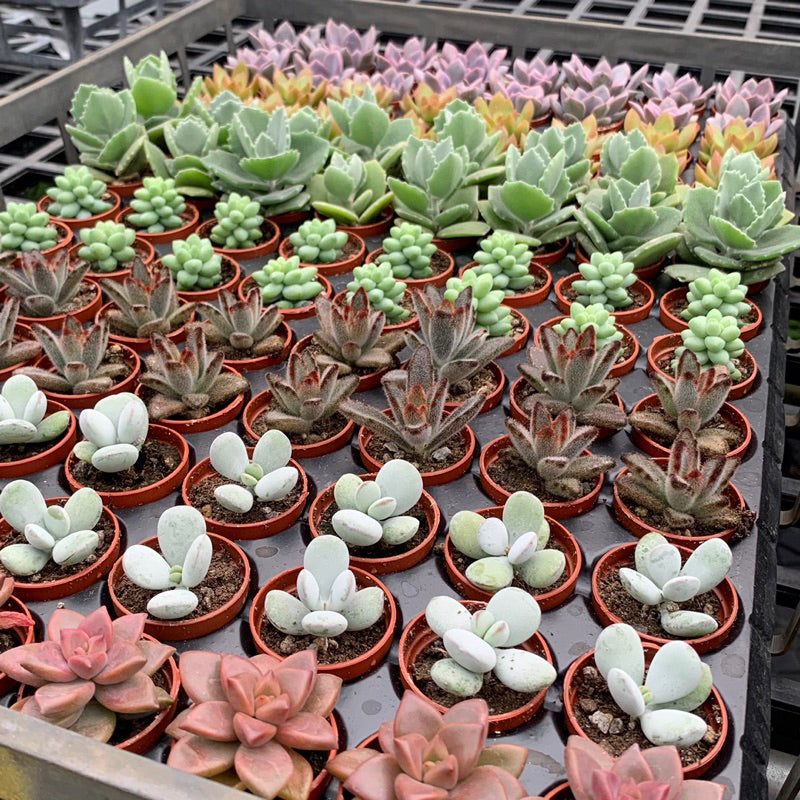When cultivating succulents, one common problem people encounter is insufficient lighting, which can lead to elongated growth and dull colors. To address this issue, people often opt for using plant grow lights to supplement the light for succulents. However, there are various types of grow lights available, so which one yields the best results?
There are many lights used for supplementing plant growth, but considering multiple factors, the most suitable light for supplementing succulents is LED grow lights. As a third-generation plant grow light, LED lights possess advantages that other lighting options lack and address the drawbacks of previous lighting fixtures.
The evolution of plant grow lights has gone through several generations, from incandescent lights to high-pressure sodium (HPS) lights, fluorescent lights, and now LED grow lights. Incandescent lights generate excessive heat, posing a risk of burning succulents, and lack the red and blue lights essential for photosynthesis. Consequently, incandescent lights have gradually been phased out. Subsequently, HID lights and fluorescent lights were developed. HID lights produce high heat and lack the necessary blue light in their spectrum, while fluorescent lights generate less heat but lack red light.
LED grow lights, on the other hand, do not have the aforementioned drawbacks. Firstly, LED grow lights are cool light sources, emitting minimal heat, so there is no concern about burning succulents. Secondly, LED grow lights offer a rich spectrum and allow customization of different light combinations according to specific requirements, including monochromatic and composite spectrums. Lastly, LED grow lights occupy less space and can be used in home settings or plant cultivation cabinets.
In conclusion, when considering supplemental lighting for succulents, it is best to choose LED grow lights. The most commonly used LED grow lights utilize a red and blue spectrum. However, it is important to note that these lights emit a pinkish hue, which can cause discomfort if exposed to it for extended periods. Therefore, whether for home cultivation or succulent greenhouses, it is important to take precautions and protect oneself.





